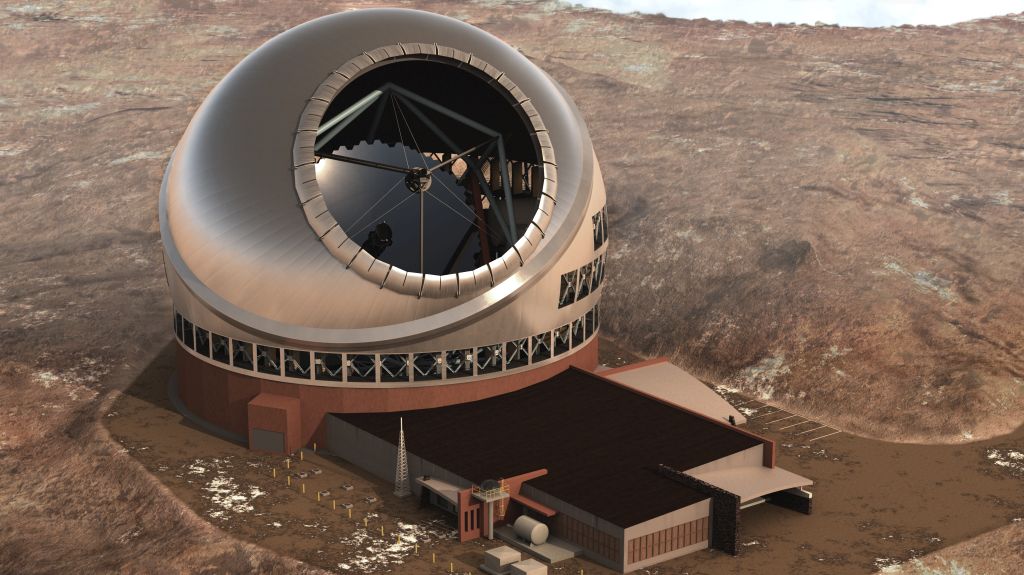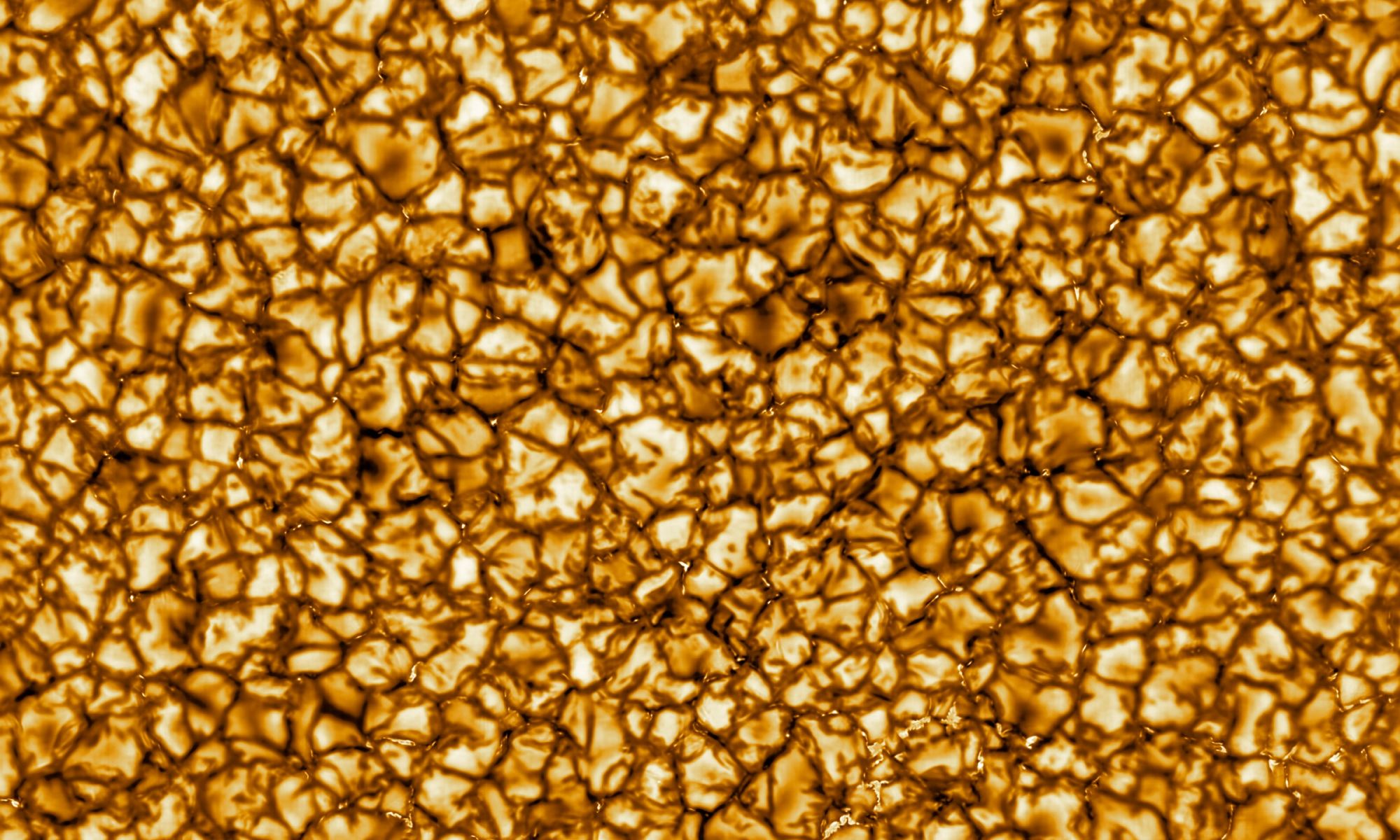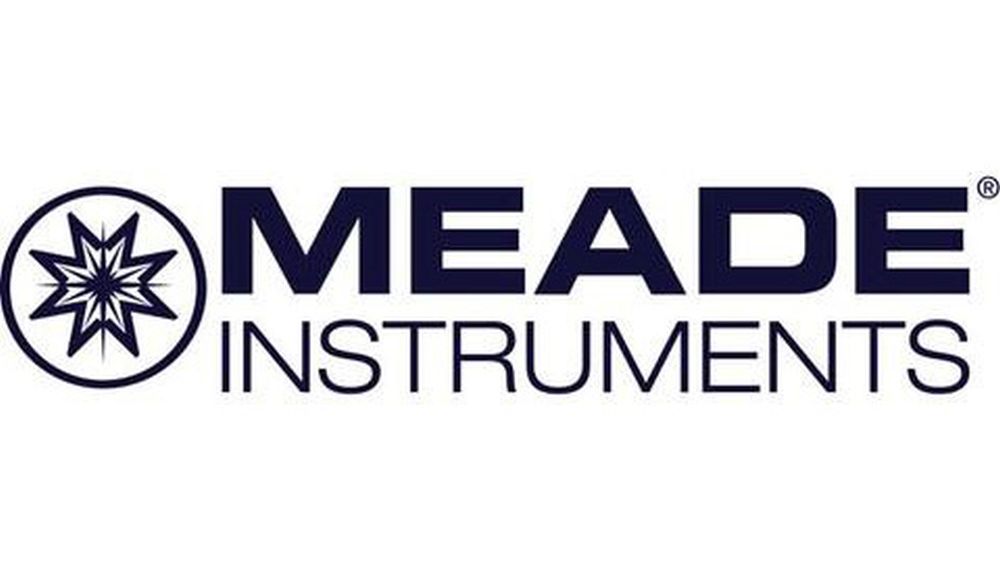Japan has suspended its funding contribution to the controversial Thirty Meter Telescope (TMT) in Hawaii. An international consortium is behind the TMT, which was proposed for the summit of Mauna Kea. Mauna Kea is one of the most desirable observing locations on Earth. It’s already host to several observatories, including the Subaru Telescope and the Keck Observatory. The $1.4 billion TMT would be the most powerful telescope there.
Continue reading “Japan Suspends its Funding for the 30-Meter Telescope”Japan Suspends its Funding for the 30-Meter Telescope




